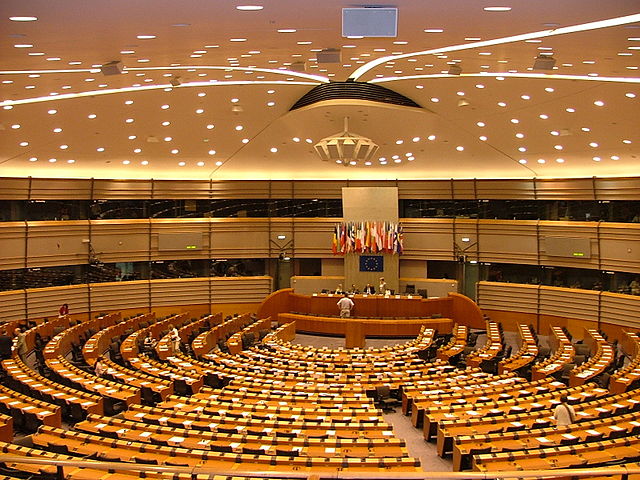The May IADAA Newsletter, commenting on the EU Action Plan Against Trafficking in Cultural Goods, takes a critical look at the European Commission’s overall policy on cultural goods and its disastrous effects on art market’s future.
The Action Plan:
- Adopts UNESCO’s patently false anti-art market campaign, The Real Price of Art (skewered here in “UNESCO Marks Convention’s 50th Anniversary with Doctored Photos and Disinformation,” CPN, 11/23/2020)
- Reports pure speculation as “evidence” of illegal trafficking.
- Encourages the impending enforcement of EU regulation 2019/880 on the import licensing of cultural goods, which will come into force in the EU on June 28, 2025.
Like the Action Plan, passage of EU Regulation 2019/880 relied upon unfounded allegations about terrorist-sponsored antiquities trafficking networks for which no evidence has ever been provided. This ill-conceived measure will place unreasonable documentary requirements for import of cultural goods into the EU, and on antiquities and manuscripts in particular. The regulation will require importers to provide proof of lawful export for objects that have been in circulation for decades and which come for the most part from countries that never implemented export permitting systems and did not enforce blanket national ownership laws and export prohibitions. Such proofs were not required for lawful import in the past and are simply unavailable today.
The EU Action Plan also repeats Europol and Interpol’s unreliable figures for their transnational police campaigns. Europol’s press release for the most recent campaign, Pandora VII in 2022, which was led by Spain’s Guardia Civil, claims to have seized 11,049 stolen objects and arrested 60 people across 14 countries. However, Europol has never reported whether any seizures resulted in prosecutions or convictions, and the objects displayed as “captured” in campaigns over the last decade appear primarily to be finds by unlicensed metal-detectorists in Eastern Europe, thefts from European businesses and museums, and EU vacationers bringing back bazaar junk from North Africa.
IADAA has asked Europol several times whether there are convictions for these reported arrests and how many seizures proved to be linked to money laundering or terrorism. Europol’s reply was that, “Unfortunately, we won’t be able to help as we do not have these figures. Europol is not a statistical organization.” According to the IADAA, “Interpol has also denied having any reliable statistical information in this field.” Nonetheless, these unsupported figures are repeated almost every week by major media outlets – apparently without any effort to fact check their sources.
The IADAA notes that the European Commission laments the inadequacy of the “intelligence picture” at the same time that it repeats these unsupported claims. The European Commission has apparently failed to consider that a lack of evidence of criminal activity might reflect the fact that massive criminal activity does not exist. The IADAA states, “The danger here is not so much the lack of data and intelligence, but the reliance on demonstrably inaccurate data and intelligence, simply because it supports the accepted but baseless narrative that the European art market is a hotbed of crime.”
See also: Is the EU sleepwalking into an art market nightmare?, Antiquities Forum, CPN, May 27, 2023.
For more information on 2019/880, see: Critical Comments Rain Down on Draft EU Regulations, CPN, 4/21/2021
 European Parliament, 16 July 2007, Photo by Alina Zienowicz, Ala z, Wikimedia Commons.
European Parliament, 16 July 2007, Photo by Alina Zienowicz, Ala z, Wikimedia Commons. 

